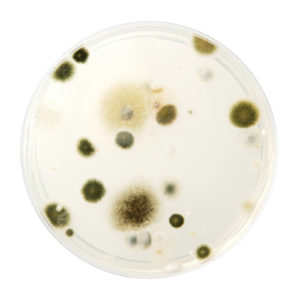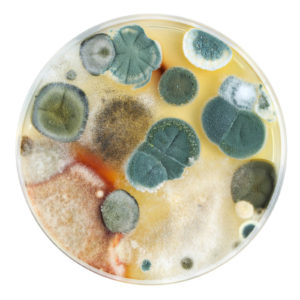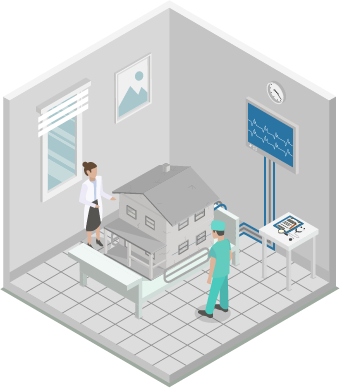When you notice or suspect mold somewhere in your home it isn’t uncommon to want to test your home and get some concrete answers or proof about what is happening. This feeling is completely understandable as mold in your home can be a cause for concern, especially if someone in the home is experiencing health symptoms that may be related.

 Often the most accessible and affordable option is a DIY mold test kit available online or in most hardware stores where you can get “results” in about 48 hours.
Often the most accessible and affordable option is a DIY mold test kit available online or in most hardware stores where you can get “results” in about 48 hours.
However, the DIY mold test kit option comes with more than a few drawbacks including no accredited lab certification or chain of custody for legal verification, inconsistent lab results from location choice, expired collection plates, and uncontrolled shipping/handling.
But the biggest issue is that it can’t answer your most important questions – is the mold I have (or suspect) a problem and where is it located?
Petri dishes (also called settling plates) are designed to grow mold spores and since there are mold spores in the air everywhere all the time, you should expect to get mold spores growing on the plates. But since plates can only capture a limited group of spores (i.e., the ones closest to the plate and the heaviest ones that are more likely to settle), most spores will go undetected. You won’t get enough of the whole story to be able to determine if the sample is or isn’t representative of what is going on in your home.
So what does growth on the plates actually mean? It means you have mold spores in your air. Which almost everyone does.
The volume of growth on the plate is not indicative of anything beyond how fast that particular spore grows in the type of culture plate provided. The color of the mold on your plate is also irrelevant, as mold color alone cannot be used to determine type or toxicity.
What else your plate or mold test kit won’t tell you:
- What spores are responsible for either the visible mold you are seeing and/or the symptoms you are experiencing. You don’t know if it is the spores that were detected or the ones that were undetected that are causing issues.
- If you have spores that don’t grow on plates. They can still trigger reactions, won’t be detected by settling plates, and can outnumber spores that do grow by as much as 50x.
- If you have fragments of spores and of growth, which can also trigger reactions and can be as much as 1000x more plentiful than what grows on a plate.
- If the mold is producing mycotoxins or other mold toxins.
- The location of the mold growth that is producing the spores. Without that information you can’t know where to remediate.
So, are the results from plates useless or misleading? While they are not proof of a problem (or of safety) and can’t determine if action is needed, the results from settling plates can often be sufficient to trigger further investigation with an on-site assessment, which can then provide the rest of the information needed to answer your critically important questions.
To learn more about mold in your home, and solutions for remediating it, read our article Exploring Mold, or read the EPA’s guide to mold cleanup in your home.
Hayward Score helps you discover how your home may be impacting your health in minutes – – for FREE!
Answer a quick set of questions then get a personalized list of action items. Transform your home and health today!

ARE YOU CONCERNED YOUR HOME IS MAKING YOU SICK?
Our guide on indoor quality will help you diagnose possible issues and implement intelligent solutions to improve the quality of the air inside your home.















